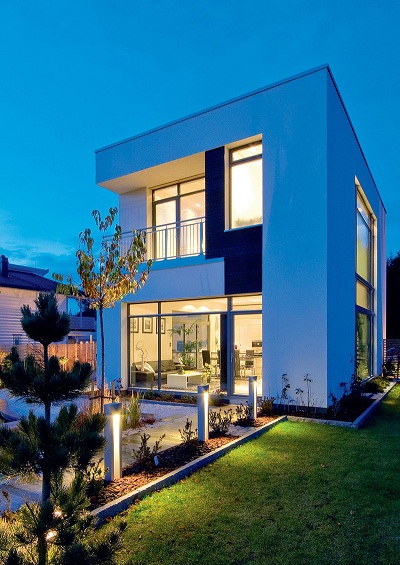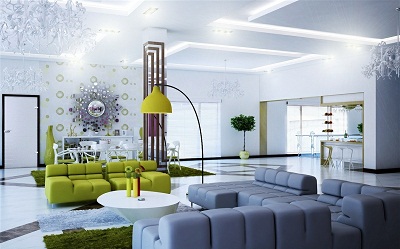Minimalism And Green Design
 When people want to describe their ideal modern home or office they often use the term minimalist. In art galleries, critics often label a work of art as minimalist due to its limited palette of colors and simple composition. Still, others use the term loosely to describe anything that is nontraditional or trendy.
When people want to describe their ideal modern home or office they often use the term minimalist. In art galleries, critics often label a work of art as minimalist due to its limited palette of colors and simple composition. Still, others use the term loosely to describe anything that is nontraditional or trendy.
What is minimalist or minimalism? It is a trend or movement mostly in visual art, architecture and music wherein the simplest and fewest elements are used to create clarity and order.
In architecture, minimalism is best exemplified in the motto “Less is more,” which has continued to inspire many designers since it was adopted by architect Ludwig Mies van der Rohe, one of the pioneering masters of modern architecture.
Another minimalist architect is the famous Japanese architect Tadao Ando, who despite his nontraditional approach to design manages to convey the Japanese spirit using concrete, natural wood and the structural form of the building.
What is less known by many is that minimalism is closely related to green architecture.
Spacious
Minimalism involves designing great places that incorporate daylight. In Filipino, we use the term, “maaliwalas” to denote a feeling of spaciousness, mainly due to the absence of clutter and other non-essential design elements. Minimalist homes or offices use generous window openings that blur the distinction between indoors and outdoors.
With generous window openings, natural light in buildings and homes create interesting patterns on simple, uncluttered spaces as the natural light shifts during different times of the day. This design strategy is not only aesthetically pleasing but is also meant to reduce electricity costs.
Minimalism encourages the use of fewer materials, reducing everything to its barest essentials to achieve simplicity. Fewer materials mean less production of goods in factories using raw materials, energy and manpower including delivery of finished products to the jobsite.
Since minimalism involves using fewer materials, it follows that less time, manpower, equipment and costly energy are needed to assemble the building components and complete the work. A word of caution, though, minimalism requires a much disciplined work ethic. Quality workmanship is highly emphasized in a minimalist project, whether the focus is on a blank wall or a detail of a column and beam intersection.

An important element of minimalism in architecture is constructability or buildability. This refers to the ease and efficiency of doing the project without obstacles. In construction, complex designs and details may lead to misinterpretations, errors and cost overruns. Minimalism greatly reduces these obstacles that may cause project delays.
Building materials
It is not necessary to use expensive, imported building materials to create a successful minimalist design. Traditional, locally sourced materials can be used to complement the overall design to achieve simplicity.
Minimalist architecture naturally brings out its practicality especially when it comes to cleaning and maintenance. With simpler surfaces and joints, expensive and labor-intensive cleaning jobs are greatly minimized.
A few examples would be the latest minimalist kitchen and bathroom countertops. Many of these are designed with seamless joints to prevent accumulation of grease and dirt. Other examples are light fixtures with compact streamlined designs that are hardly visible but offer effective and energy efficient lighting.
During a conference in Japan, I had the chance to meet Prof. Fumi Masuda, a very talented professor from Tokyo Zokei University who presented trends related to eco-design and sustainable design. He traced the history of Japanese craftsmanship and how western modern design influenced eco-design today, stressing that “there is no other option for a small country like Japan.”
According to Professor Masuda, “Eco-efficiency is not a goal but only a means to realize a sustainable society.”
(excerpts taken from: http://business.inquirer.net/143699/minimalism-and-green-design by Amado de Jesus)
